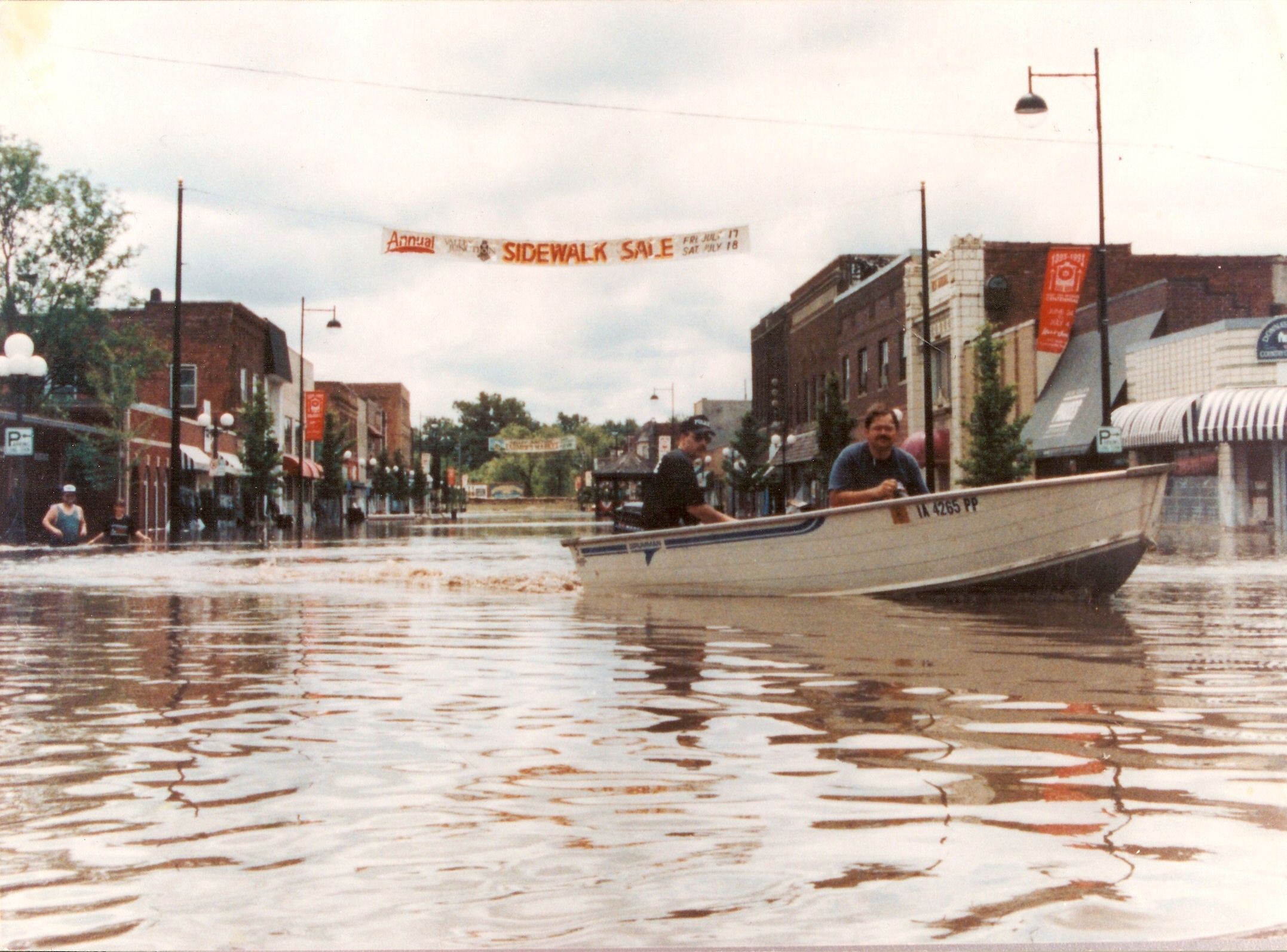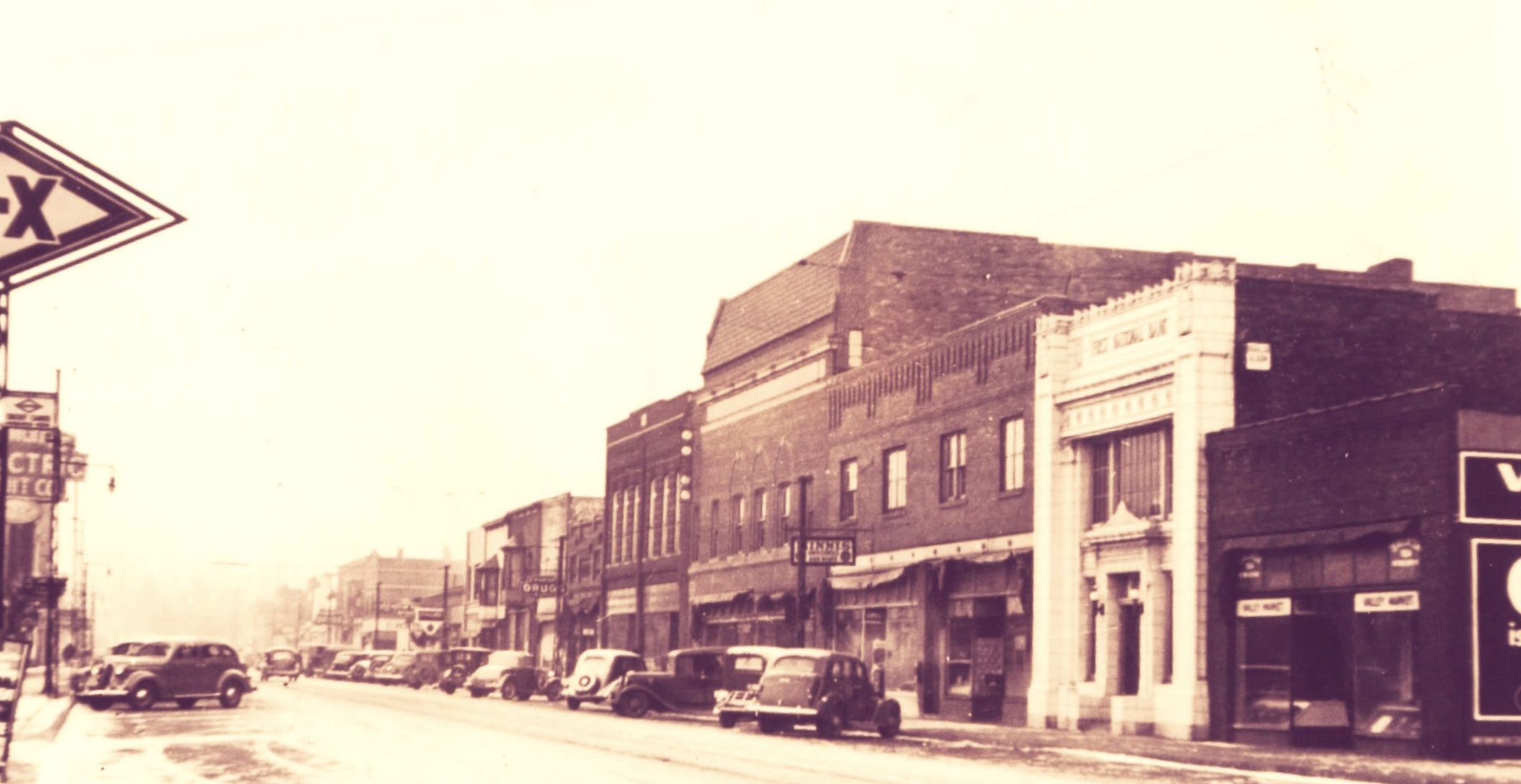The history
of Valley Junction



Pioneers, Prostitutes, and Progress
The original commercial core of Valley Junction has undergone continual evolution since its 19th century beginnings. The community’s development was sparked by prosperous cattle owner James Jordan, whose home was also a stop on the Underground Railroad. By the end of the 1800s, crossing rail lines gave the village its name, and Valley Junction became home to car shops and roundhouses. As railroad work increased, a number of African American and Mexican American families moved here. Some of their descendants still live in the area, proud of their contributions to Valley Junction’s continuing multiethnic heritage.
Valley Junction was officially founded in 1893, and 5th St. became the spine of the commercial district. Contrasting with its groceries, banks, and shops, Valley Junction also garnered a seedy reputation from its saloons, pool halls, brothels, and bootleggers. Early frame buildings were replaced with more modern structures, and automobile use led to service stations, garages, and dealerships going up around the edges of the district.
When the railroad jobs left, the city struggled with its future identity. After three attempts, citizens voted to rename Valley Junction as West Des Moines at the end of 1937. Post-WW2 prosperity brought new residential neighborhoods popping up to the west, and Valley Junction languished from lack of investment.
Ironically, this sowed the seeds for its future success. By the 1960s, some of the old buildings were purchased by antique dealers, and Valley Junction eventually became known as a mecca for antique and gift shopping. Vested in the success of the district, stakeholders founded the Main Street organization in 1987. All was not smooth sailing, however. Unprecedented rains in 1993 brought about burst levees and record flooding in Valley Junction, with the water deep enough for boats on 5th St. New infrastructure now prevents future flooding.
With West Des Moines’ explosive population growth, district revitalization, online shopping, and a new appreciation for local businesses, Valley Junction’s commercial mix has changed yet again. Now, antique and gift shops are joined by apparel and home décor boutiques, new restaurants, art galleries, and experiential studios. The district’s walkability is enhanced by the intimate size of the commercial spaces, offering new delights with every step. Easy access to highways, an extensive network of parks and trails, and the Des Moines International Airport help make West Des Moines one of the most prosperous and fastest growing communities in Iowa.
The long history, impressive business mix, lively events, affection of its citizens, and dedication of its leaders make Valley Junction a top destination in the metro and beyond. With its friendly charm coupled with a drive for reinvention, locals and people from around the world treasure Valley Junction as “a small town within the big city.” Your first visit to Valley Junction won’t be your last!
Milestones
1987: Designated as a Main Street Iowa community
1993: Devastating flood, 100% businesses closed, buildings had from 6 inches to 6 feet of water
2006: Designated as an Iowa Cultural and Entertainment District
2007: Designated as an Iowa Great Place
2011: Co-hosted the National Main Streets Conference
2011: Reopened LEED Platinum Historic City Hall to the public
2012: Received Great American Main Street Award (GAMSA), the highest National Main Street Center honor
2017: Valley Junction Commercial Historic District listed on the National Register of Historic Places
2022: Design Guidelines approved for the mixed-use commercial district



